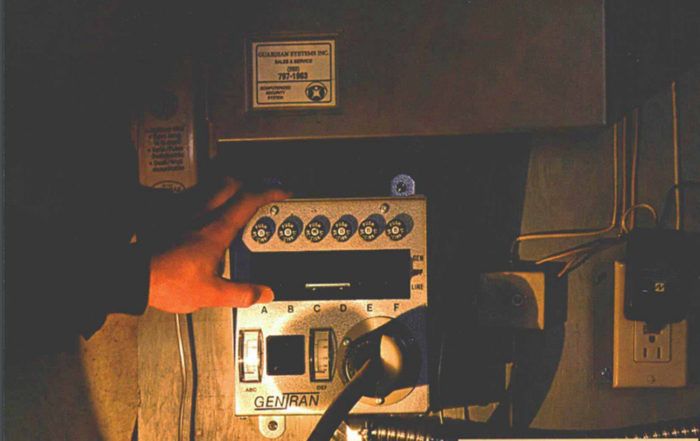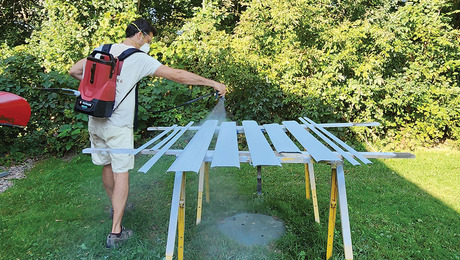Installing a Portable Standby Generator
When the power goes out, a generator can handle your electrical essentials, but it must be wired correctly.

Synopsis: When the power goes out, a portable generator can take up the slack, keeping lights on and the furnace running. In this article, the author discusses how to choose the right generator and shows how to install a manual transfer switch at the main electrical panel.
Sick and tired of hearing about the Y2K problem? Electricians have it worse, believe me. I’ve been deluged this year with telephone calls and email from people worried that computer problems will lead to power outages as clocks roll over to 2000. In the past, extended power outages created by storms or utility overloads have been enough to make a portable standby generator look appealing. Now the incentive is even stronger.
Even if the Y2K problem fizzles, having your own generator system can be a blessing. A midsize gasoline-powered device can provide power to essential appliances, such as a freezer, refrigerator, lights and water pump. I designed circuits in my electrical system so that a portable generator could run everything I need during a power outage. Your wiring plan may not allow you to do that. But by sizing your generator correctly and by wiring your service panel to accept this alternate source of electricity, power outages might not be a problem. In fact, I rather enjoy them now.
If a generator can make life easier, it can also be dangerous. Thanks to faulty information doled out by expert neighbors, hardware stores and even some generator manufacturers, I’ve seen many improper installations. When wired incorrectly, a generator can route electricity through your grounding system and put voltage on utility-transmission lines. That dims power over the local area and can electrocute utility linemen. Carbon monoxide fumes produced by the engine can be extremely dangerous. Installing a standby generator properly isn’t necessarily cheap. An electric-start, 5000w generator can cost more than $2,000, and a switch for your service panel costs at least another $350. But if you’re going to do it, make sure the job gets done right.
Buy a generator with an output of at least 4500w
Generators come in all shapes and sizes. Those that start automatically and provide massive amounts of power sell for $10,000 or more, making them too expensive for the average homeowner. More realistic are manual-start units, fired up by the owner after the power has gone out. Very small generators in the 1500w output range are light in weight. But they will run only light loads and are meant to be used for small appliances, one or two at a time, through an extension cord.
To power household circuits, choose a generator with a higher output, or wattage. A generator comes with two listings, surge and run. A salesman may try to hype his generator by giving you only the surge wattage, which lasts only a few seconds, as a reference. You must be concerned with both surge and run outputs. A large surge wattage is important because it allows one or more motors or compressors to start at the same time. But you can’t use the surge rating as a reference to the total wattage that can be continuously used. Typically, surge ratings are 200w to 500w higher than continuous-run ratings.
For more photos and details on portable generators, click the View PDF button below.




















